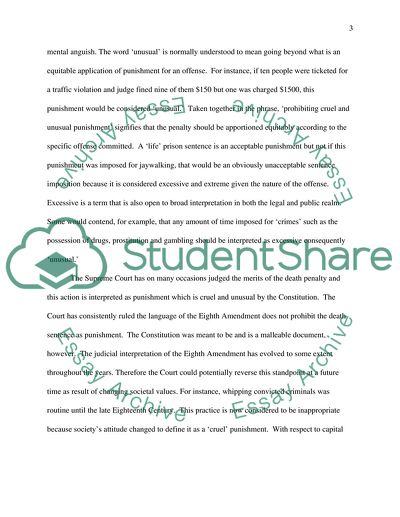Cite this document
(The Death Penalty in the United States Research Paper - 1, n.d.)
The Death Penalty in the United States Research Paper - 1. Retrieved from https://studentshare.org/social-science/1750714-the-death-penalty-in-the-united-states
The Death Penalty in the United States Research Paper - 1. Retrieved from https://studentshare.org/social-science/1750714-the-death-penalty-in-the-united-states
(The Death Penalty in the United States Research Paper - 1)
The Death Penalty in the United States Research Paper - 1. https://studentshare.org/social-science/1750714-the-death-penalty-in-the-united-states.
The Death Penalty in the United States Research Paper - 1. https://studentshare.org/social-science/1750714-the-death-penalty-in-the-united-states.
“The Death Penalty in the United States Research Paper - 1”, n.d. https://studentshare.org/social-science/1750714-the-death-penalty-in-the-united-states.


